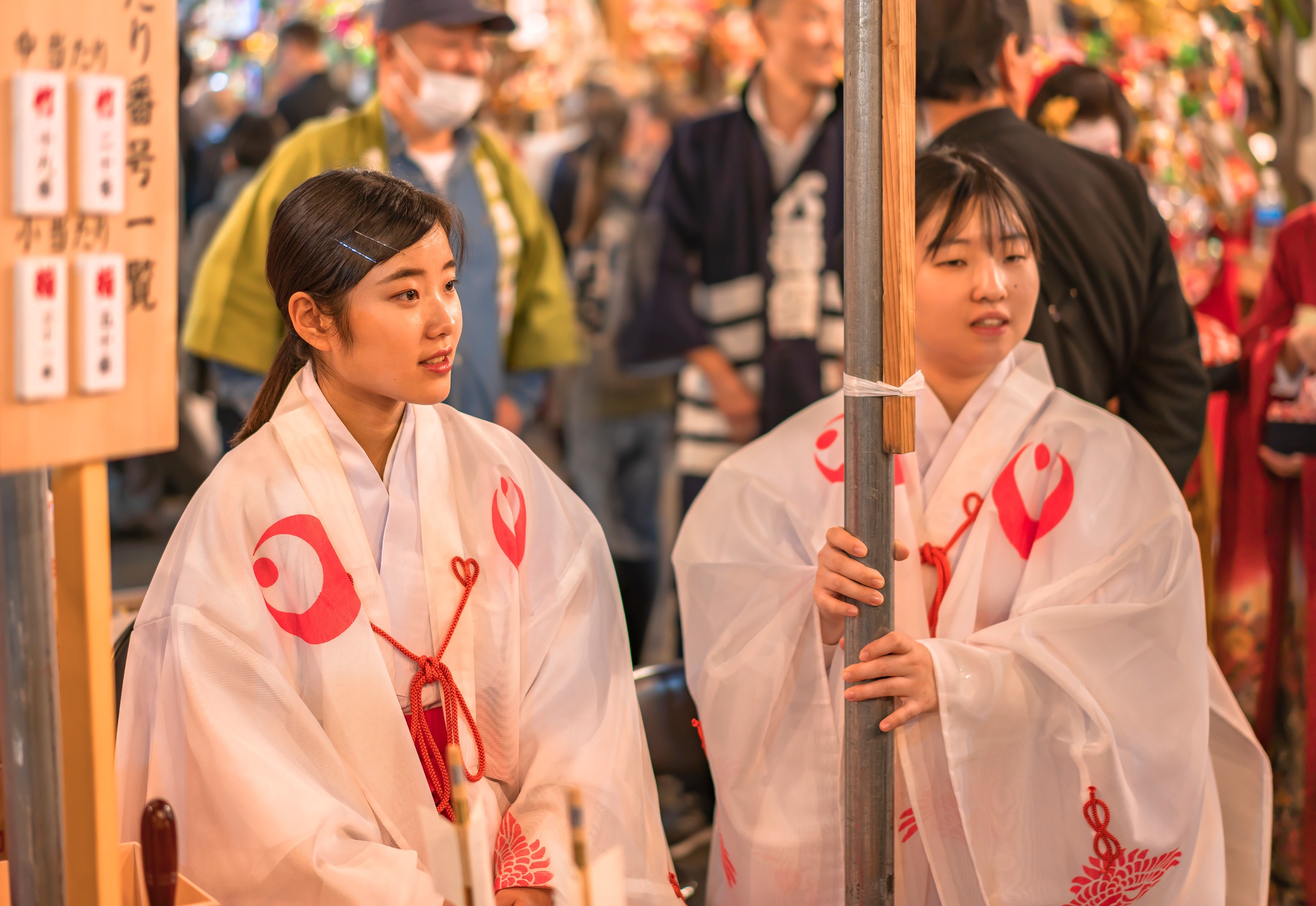What is a miko in Japan?

What is a miko in Japan?
Miko meaning in Japanese
Miko refers primarily to women who serve the Japanese gods.
Miko is a general term for women who serve the gods. Originally, miko were supposed to be pure women, and unmarried women were appointed as miko to deliver oracles at shrines, and were required to retire upon marriage.
The word “miko” is witten “巫女” but is also written “神子,” which means “child of God.
What does a miko do?
The main job of a miko is to provide comprehensive support for the work related to the shrine. For example, they assist the priests, conduct and guide the guests at Shinto weddings, sell good luck charms and other items at the awarding office, accept and record red seals and prayers, and clean the temples and shrine offices. In addition, they may also perform desk work such as clerical work.
Historically Changing Roles of Miko
Since ancient times, miko have performed kagura (Shinto music and dance), prayed, divined fortunes, obtained oracles and passed them on to others, and performed “kuchiyose”, etc. Since the Meiji period, however, their role has changed to that of performing Shinto rituals at shrines and assisting priests.
Kuchiyose: Kuchiyose is a type of séance in which a spirit, such as a spirit of the dead, a spirit of the living, or a spirit of a deity or Buddha, is made to possess one’s own body and speak its words, and is often performed by spiritualists and priestesses.
The Origin of Miko
In the ancient Shinto religion, the rituals of kamigakari, or “descent from the gods,” were called 巫 “kannagi,” in which prayers and priesthood acted as spirit medium for deities and made the gods dwell in their own bodies. The woman who performed these rituals is thought to have been the origin of the miko.
The ban on the practice of miko, a folk custom of obtaining oracles through the possession of divine spirits, was imposed during the Meiji Restoration (1868-1912) because it was considered a barbaric form of Japanese traditional culture and customs.
The ban almost put the miko, who were not stationed at shrines but conducted private prayer services, out of business.
The Modern Miko
In modern Japan, a miko is a woman who works at a shrine, mainly as an assistant to the Shinto priest, and performs Shinto rituals such as Kagura (Shinto music and dance) and Mai (dance).
No qualifications are required to be a miko. Since miko are exempt from the Equal Employment Opportunity Law, recruitment designating only women.is permitted.
Recruitment for miko positions may be advertised in newspapers, job advertisements or even on the internet.
The number of years a woman can serve as a miko is short, and many women start working after high school graduation and reach retirement age in their late 20s.
During busy seasons such as New Year’s, many shrines, hire temporary part-time workers. They are recruited through the shrine’s own recruiting efforts or by calling on universities and high schools for job openings.










